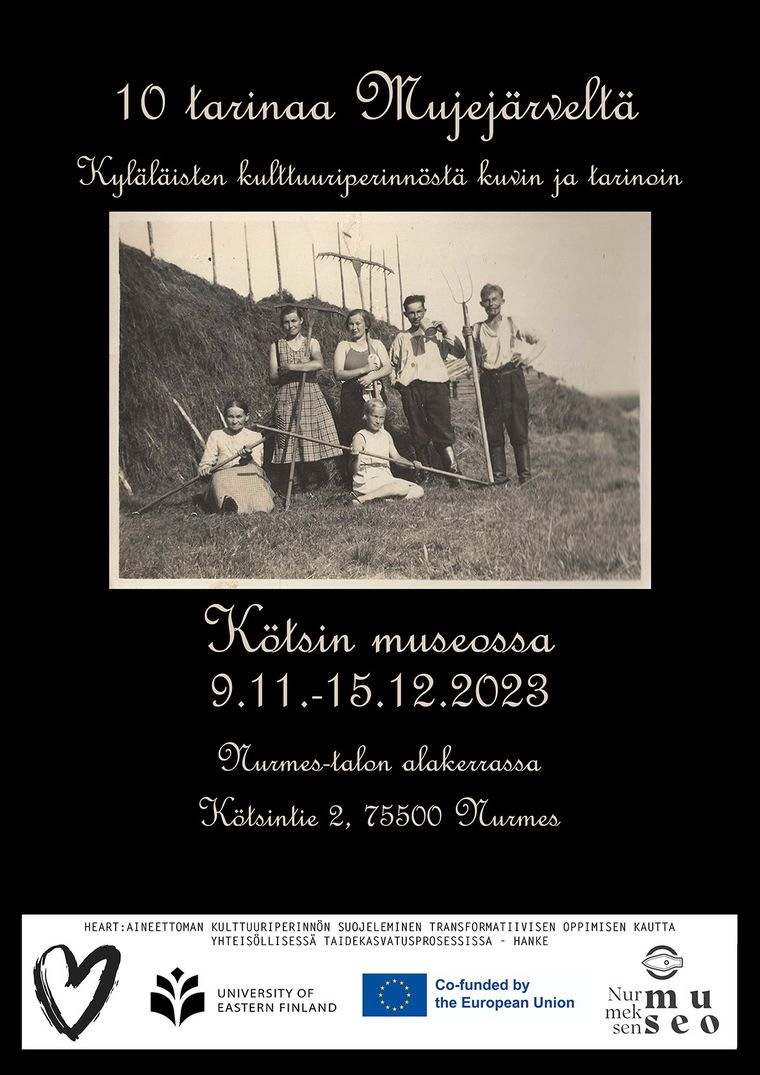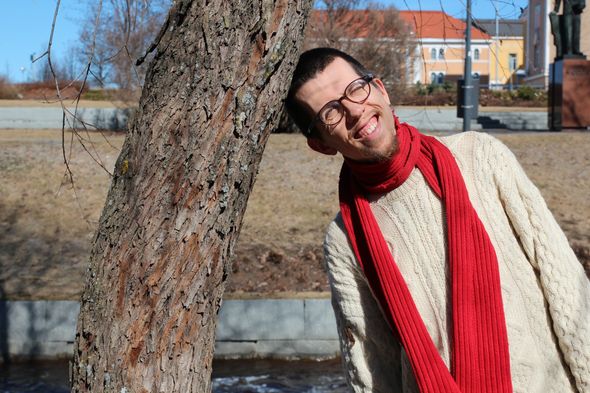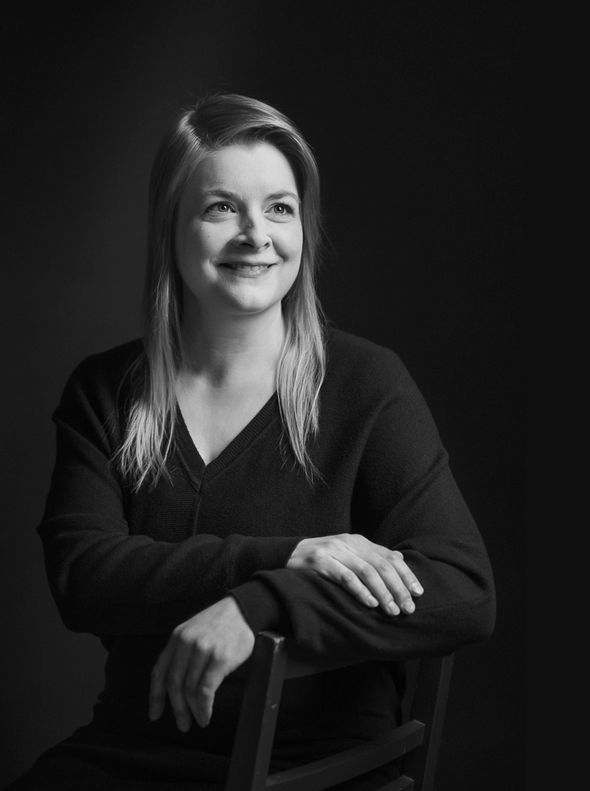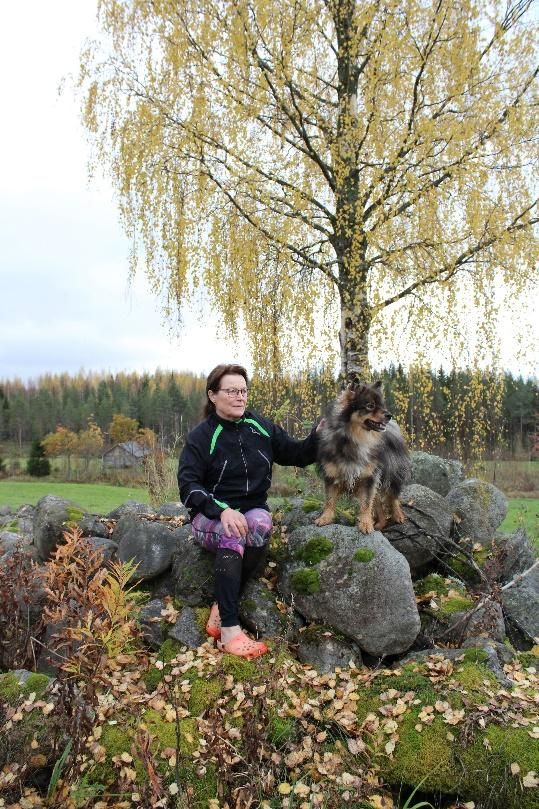Finland
Two partner organisations are undertaking separate project pilot studies in Finland: Kansalaisfoorumi and University of Eastern Finland.
Kansalaisfoorumi: Exploring Intangible Cultural Heritage through Literary Arts—A Transformative Pilot Project
In our pilot project, we explored intangible cultural heritage using the tools of literary arts, led by literary art educator Timo Harju. The process drew inspiration from the communal spirit and traditions of Kaustinen fiddle playing, showcased by heritage expert Olli Seikkula. The pilot process consisted of hands-on workshops, virtual clinics for personalized guidance, and a final celebration, all designed to deepen participants’ engagement with and understanding of intangible cultural heritage.
The pilot process activities ranged from creating tradition-themed mind maps to writing exercises that employed all five senses, enabling participants to vividly share and reflect on their cultural experiences. In the Finnish art education field, the term “literary art” differs from creative writing and bibliotherapy, often aiming for both skill improvement and emotional well-being, facilitated through the exploration of language as a tool and shaper of realities.

Band weaving demonstration during the heritage potluck.
The pilot process included several types of writing exercises and other methods:
- Self-Introduction through Trees: Participants describe themselves as a type of tree and its growing location, using this as a metaphor for their roots and connections to cultural heritage.
- Mind Mapping: In pairs, participants create mind maps about intangible cultural heritage, deepened by thought-provoking questions from The Wheelchart of Sustainability and ICH to explore traditions more fully.
- Space for Ongoing Discussions: Emphasizes the critical role of conversation in sharing, understanding, and reflecting on intangible cultural heritage.
- Sensory Writing about Traditions: Writing about a moment within a tradition using all five senses to create a vivid, immersive memory.
- Music-Inspired Writing: Listening to traditional Kaustinen violin music and writing about the imagery and places it evokes.
- Virtual Clinics: Zoom meetings where participants propose and receive feedback on creative projects related to traditions they wish to explore.
- Heritage Potluck: A sharing session where participants bring items related to cultural heritage and discuss them, inspired by facilitator-led questions.
- Personifying Shame: Writing creatively about shame as if it were an animal, exploring its characteristics and behaviors.
- Object Monologues: Giving voice to a cultural object, allowing it to express its views on the traditions and people associated with it.

Mind map of ICH examples and the Wheel Chart of Sustainability and ICH.
These exercises were designed to foster a deep, personal engagement with cultural heritage, encouraging participants to reflect, share, and learn from each other’s experiences and perspectives.
All in all, the pilot was a rich learning experience for everyone involved. We discovered that the literary arts are a powerful tool for safeguarding cultural heritage, promoting deep, transformative learning about personal and collective identities.

A contribution to the heritage potluck: a photo of an ancestor during the Winter War and a tool for taking care of the skis.

Getting immersed in Kaustinen fiddle music.

Joining the Kaustinen fiddle tradition through music and dance.

Talking about the many examples of intangible cultural heritage.

A writing exercise.
Meet the art educator… Timo Harju
Timo Harju is a poet, a community artist and an art educator, currently based in Oulu. Timo has facilitated creative writing workshops for children and adults in contexts varying from university to art festivals, health care institutions & elementary schools since 2006.
Timo majored in cultural history in the university of Turku and has a deep interest in intangible cultural heritage. As a poet he is interested in how people’s way of speaking (dialects, fraces, proverbs etc.) can reflect their personality and indeed what makes life meaningful for them. He has been involved in many community art projects based on poems cut-up from conversations. With his colleagues he has coined a method called korvaruno (poems born from listening) for turning normal speech into poetry. Intangible cultural heritage and art are both all about the meaningfulness of life.
Some of Timo’s poetry can be found from his publisher’s ntamo’s site. Some poems are translated into English here.
Timo is also an artistic director of one-to-one art festival Kehä where artworks from different fields create one-to-one encounters between the artists and the public.
Meet the heritage expert… Olli Seikkula
University of Eastern Finland: Villagehood observed through Mujejärvi
For University of Eastern Finland, the starting point of our HEART project pilot regarding intangible cultural heritage was found within the small village of Mujejärvi between Nurmes and Kuhmo. The village today is home to only 16 people, but it has a vast history which shows the development of villagehood and the cultural heritage themes surrounding it from the past to the present. The village itself preserves the villagehood themes through an active village association that was our main partner during the pilot.
To lead transformative learning, we hosted workshops at Mujejärvi with our project team and art educator and collected material (new and old images, oral stories, objects) to present at an exhibition in Nurmes museum. These workshops and the exhibition about the village were important to the people living there; they had the chance to reflect on their past and talk about the present all the while thinking about the specific cultural heritage small villages like Mujejärvi are both preserving and living through.

The participants and the art educator Miia Rosenius have gathered around a table to discuss about the old photographs in one of the workshop sessions.
By combining the material collected in the workshops we created a narrative exhibition “10 stories from Mujejärvi” that was displayed at the Nurmes Museum from November 8th, 2023, to December 15th, 2023. We also created a virtual version of the exhibition to enhance its accessibility. The themes displayed in the exhibition and connected to the intangible cultural heritage of villages were the following: haymaking and heritage landscapes (haymaking skills), village customs and celebrations, architectural heritage (wood building skills), transport (movement in the village), generational stories related to Raatelehto and Kujangi farms, trade and self-sufficiency and deep relationships with nature (berry and mushroom picking, hunting, chaga mushroom).
View Virtual Exhibition
A poster for “10 Stories from Mujejärvi”—an exhibition in Nurmes made by our art educator Miia Rosenius.

The exhibition’s themes and stories were connected with an old photograph, a new photograph and an object. This is the new picture for village customs and celebrations. Picture by Joona Rantala.
Meet the art educator… Miia Rosenius
Miia Rosenius is a visual artist and an art educator. Miia lives in North Karelia, in Eastern Finland. She has a strong bond to this area as she was born here and lately has moved back to Kontiolahti. Miia feels that the place you live in is a major factor to your wellbeing and in North Karelia there is lot of space and she can feel being part of the nature. It has an inevitable effect also on her art which often finds its inspiration from the surrounding environment.
Miia has studied Bachelor of Cultural Studies as Visual Artist and has also Master of Arts degree in Art Education. She makes art in various methods. Including three dimensional elements and space her artwork is often installations. Also drawing and printmaking have always been part of her expression. Miia is fascinated by the relationship of art, space around it and the viewer. These three factors always have an effect on each other and they all became important in a situation where the art and the interpretation take shape.
Miia’s artistic identity also includes the role of an art teacher and she is regularly teaching in art schools. Miia has worked in many community and environmental art projects. She finds dialogue and encountering all kind of people and cultures endlessly intriguing, and the essence of community-based art projects. Miia thinks it is important that art can be part of our everyday life and different communities can be actively involved.
Meet the heritage expert… Lahja Toivanen
Lahja Toivanen is pictured here with her loyal dog named Hilu. She is sitting under a birch tree at her family farmstead in the small village of Mujejärvi, situated in Nurmes by the main road leading to the town of Kuhmo. The farm, surrounded by stunning flower fields on top of a hill, is home to many culturally significant memories and stories about the history and villagehood of Mujejärvi owing to it being home to several generations going back to the 17th century. At the farmstead, one may spot an old smithy, where Lahja’s grandfather and father had worked in during their time. Sheep, cattle and a horse were also kept on the farmstead in the past. Nowadays, the farmstead is no longer permanently inhabited, but it still serves as a summer home.
Lahja is the acting secretary of the Mujejärvi village association (Mujejärven kylä ry) which, regardless of the village’s small size, is very active thanks to its dedicated members. The members of the village association have made great efforts to preserve the local culture and history of Mujejärvi. Lahja has carried out numerous photography and scrapbook projects, among other things. Several books, authored by Mauri Mönkkönen, have also been published about life in Mujejärvi. One of the highlights of the year is the annual Mujejärvi Day event, which brings Mujejärvi residents, both past and present, together.



